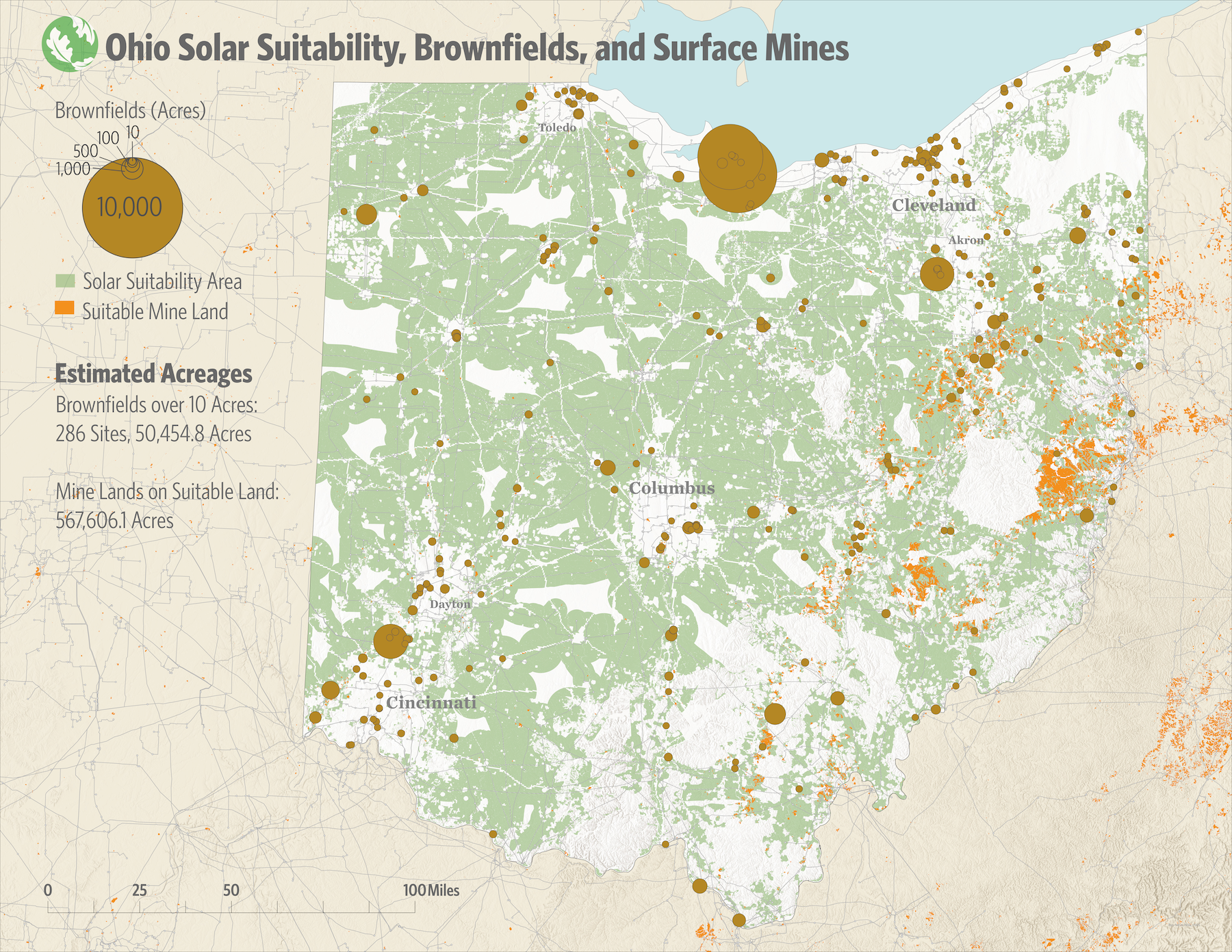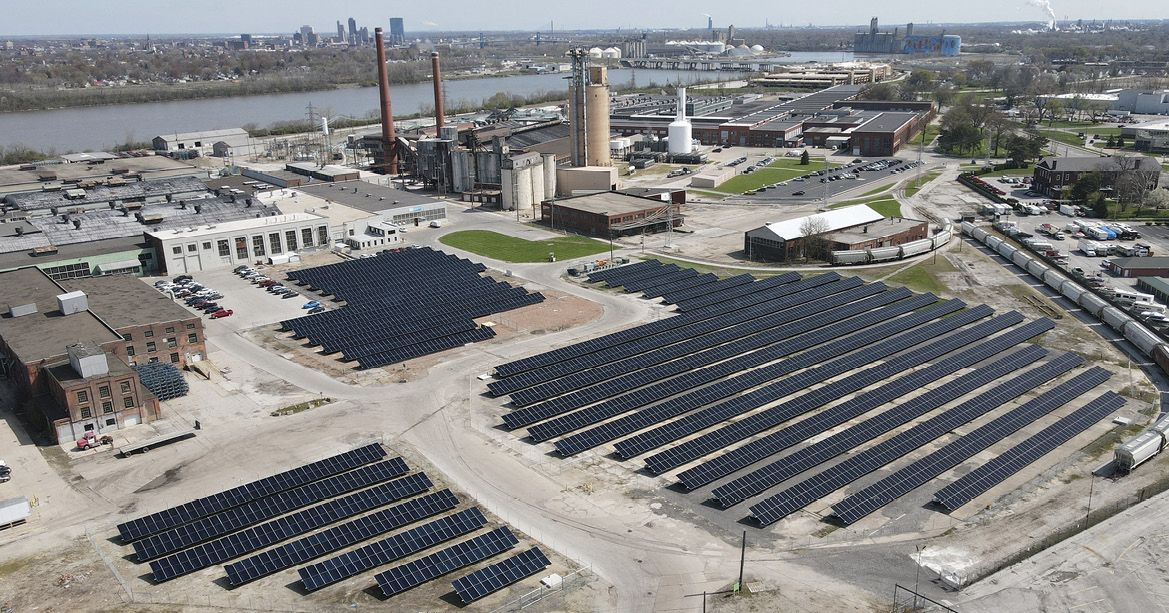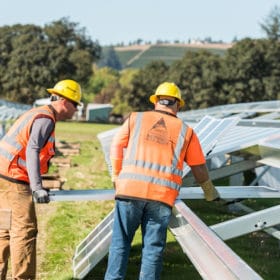Republican Gov. Mike DeWine of Ohio signed into law House Bill 15, a technology-neutral energy policy package that included significant beneficial changes for solar development in the state.
The new law, effective Aug. 14, 2025, includes property tax breaks for solar projects located on brownfield sites and former coal mines. The law also carves out funding for grants of up to $10 million each for the cleanup and remediation of these sites.
Governor DeWine announced the Department of Development is awarding the funding as part of the Ohio Brownfield Remediation Program. The funding includes approximately $57.7 million for 43 cleanup/remediation projects and $1.7 million for eight assessment projects.
Since its launch in 2021, the Ohio Brownfield Remediation Program has awarded $716.9 million to 681 projects in 86 counties. Funding is used to assess and clean up industrial commercial, and institutional brownfield sites that are abandoned, idled or underutilized due to a known or potential release of hazardous substances or petroleum.
House Bill 15 also loosens restrictions on small-scale distributed behind-the-meter solar projects. Under the revised code electric distribution utilities may supply behind-the-meter generation service. The bill, which can be read in full text here, specifies which costs can be recovered by utilities providing behind-the-meter service.
“This is just smart economic development. We need the energy,” said Michael Benson, board president of Green Energy Ohio, a coalition of clean energy businesses in the state.
A study by the Rocky Mountain Institute (RMI) in 2021 showed that landfills in the United States could host more than 63 GW of solar capacity, generating 83 TWh of electricity each year. This would equate to $6.6 billion in annual electricity revenues, according to RMI. There are more than 10,000 closed and inactive landfills across the nation. These sites often offer good sun exposure and little opportunity for other uses.
A 2024 report from the Nature Conservancy found that nationwide, there are about 500 renewable energy projects sited on brownfields and mine lands. It said that in Ohio, during the past two decades, many mines in the state have shuttered or downsized operations. The Nature Conservancy identified roughly 567,600 acres of mine lands, mostly in eastern Ohio, with access to transmission lines that are potentially suitable for renewable energy development.

This content is protected by copyright and may not be reused. If you want to cooperate with us and would like to reuse some of our content, please contact: editors@pv-magazine.com.









By submitting this form you agree to pv magazine using your data for the purposes of publishing your comment.
Your personal data will only be disclosed or otherwise transmitted to third parties for the purposes of spam filtering or if this is necessary for technical maintenance of the website. Any other transfer to third parties will not take place unless this is justified on the basis of applicable data protection regulations or if pv magazine is legally obliged to do so.
You may revoke this consent at any time with effect for the future, in which case your personal data will be deleted immediately. Otherwise, your data will be deleted if pv magazine has processed your request or the purpose of data storage is fulfilled.
Further information on data privacy can be found in our Data Protection Policy.